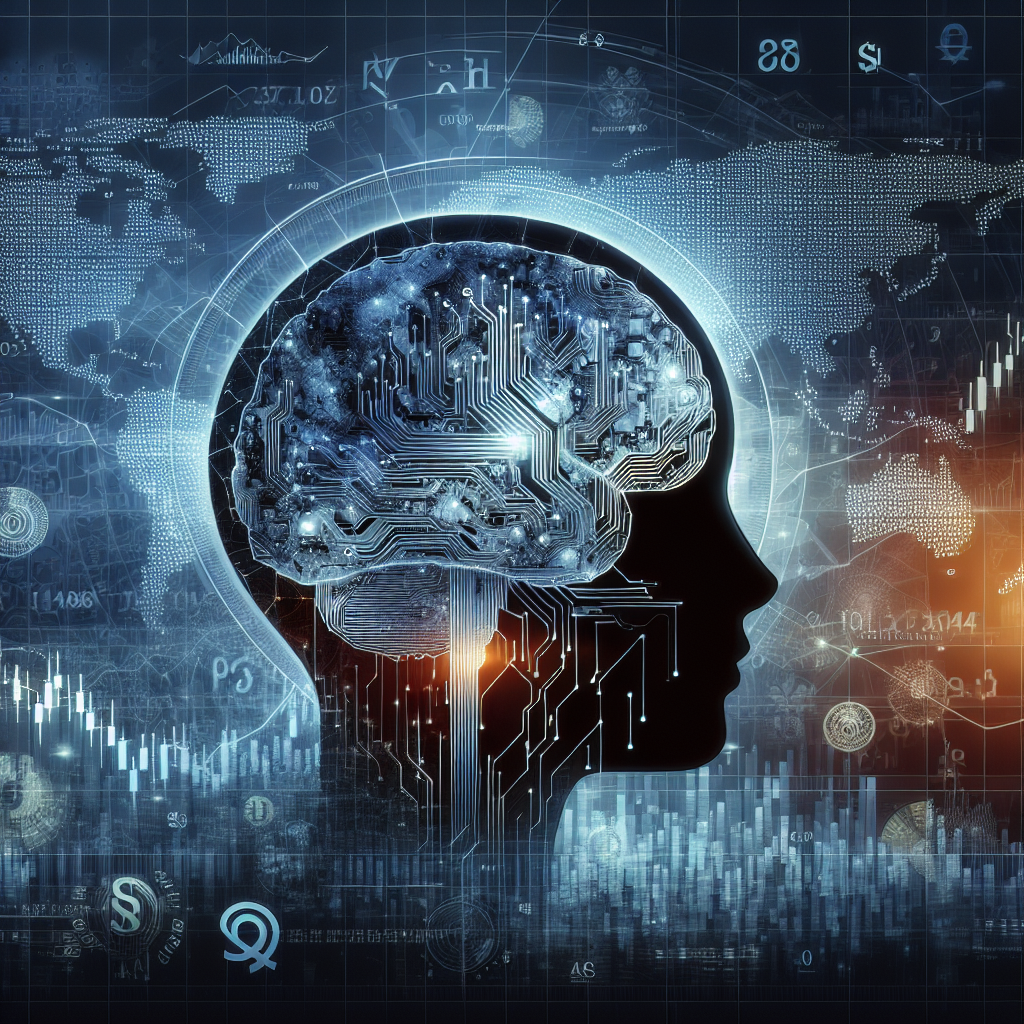The Impact of AI Deployment on Financial Markets
Introduction
Artificial Intelligence (AI) has revolutionized various industries, including financial markets. AI technologies such as machine learning, natural language processing, and deep learning have been deployed in trading, investment analysis, risk management, fraud detection, and customer service. These technologies have enabled financial institutions to automate processes, analyze vast amounts of data, and make more informed decisions. However, the deployment of AI in financial markets has also raised concerns about market manipulation, data privacy, and systemic risk. In this article, we will explore the impact of AI deployment on financial markets and discuss the challenges and opportunities it presents.
Impact of AI on Financial Markets
1. Trading
AI has significantly transformed trading in financial markets. High-frequency trading (HFT) algorithms use AI technologies to execute trades at high speeds and analyze market data to identify profitable opportunities. These algorithms can make split-second decisions based on market conditions, news, and other factors. As a result, AI-powered trading systems have increased market liquidity, reduced trading costs, and improved efficiency.
However, there are concerns about the impact of AI on market stability. The speed and complexity of AI-driven trading algorithms can lead to flash crashes and other market disruptions. Regulators are monitoring these developments closely and implementing measures to mitigate the risks associated with AI in trading.
2. Investment Analysis
AI has also revolutionized investment analysis in financial markets. AI-powered tools can analyze large volumes of data, including financial statements, news articles, social media sentiment, and market trends. These tools can identify patterns, trends, and anomalies that human analysts may overlook. As a result, AI algorithms can generate more accurate and timely investment recommendations.
AI-powered investment analysis has democratized access to financial information and recommendations. Retail investors can now access AI-driven investment platforms that provide personalized investment advice based on their risk tolerance, financial goals, and preferences. This has leveled the playing field and empowered individual investors to make better-informed decisions.
3. Risk Management
AI technologies have also enhanced risk management in financial markets. AI-powered risk models can analyze historical data, market trends, and external factors to identify potential risks and vulnerabilities. These models can predict market fluctuations, credit defaults, and other risks before they materialize. As a result, financial institutions can proactively manage risks and minimize losses.
AI-powered risk management tools have also improved regulatory compliance. Financial institutions can use AI algorithms to monitor transactions, detect suspicious activities, and prevent fraud. These tools can identify patterns of fraudulent behavior and alert compliance teams to take action. This has enhanced the transparency and integrity of financial markets.
Challenges and Opportunities
While AI deployment in financial markets offers numerous benefits, it also presents challenges and risks. Some of the key challenges and opportunities include:
1. Market Manipulation
One of the primary concerns about AI deployment in financial markets is the potential for market manipulation. AI-powered trading algorithms can execute trades at high speeds and exploit market inefficiencies. This can lead to price manipulation, insider trading, and other unethical practices. Regulators are working to develop frameworks and guidelines to prevent market manipulation and ensure fair and transparent trading practices.
2. Data Privacy
Another challenge of AI deployment in financial markets is data privacy. AI algorithms rely on vast amounts of data to make informed decisions. This data may include sensitive information about individuals, companies, and market trends. Financial institutions must ensure that they have robust data protection measures in place to safeguard customer data and comply with data privacy regulations.
3. Systemic Risk
AI deployment in financial markets can also pose systemic risks. The interconnected nature of financial markets means that a disruption in one market or institution can have ripple effects across the entire system. AI-powered trading algorithms can amplify market volatility and trigger widespread sell-offs. Regulators are working to enhance market surveillance and implement circuit breakers to prevent systemic risks from escalating.
FAQs
Q: How does AI deployment impact market liquidity?
A: AI-powered trading algorithms can increase market liquidity by providing continuous bid and ask prices and executing trades at high speeds. This can improve price discovery and reduce trading costs for investors.
Q: What are the risks of AI deployment in financial markets?
A: The risks of AI deployment in financial markets include market manipulation, data privacy concerns, and systemic risks. Regulators are working to address these risks and ensure the integrity and stability of financial markets.
Q: How can investors benefit from AI-powered investment analysis?
A: Investors can benefit from AI-powered investment analysis by accessing personalized investment recommendations based on their risk tolerance, financial goals, and preferences. AI algorithms can identify patterns, trends, and anomalies that human analysts may overlook, leading to more informed investment decisions.
Conclusion
AI deployment in financial markets has transformed trading, investment analysis, risk management, and regulatory compliance. AI technologies have enhanced market liquidity, improved investment recommendations, and mitigated risks. However, the deployment of AI in financial markets has also raised concerns about market manipulation, data privacy, and systemic risk. Regulators and financial institutions must work together to address these challenges and ensure the integrity and stability of financial markets in the AI era.

